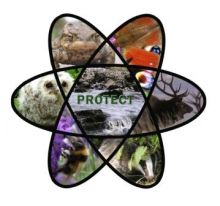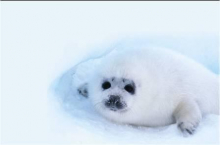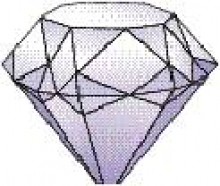Radiation protection of the environment
| PROTECT - Protection of the environment from ionising radiation in a regulatory context (2006-2008) | |
|---|---|
 | The 6th Framework PROTECT project set out to develop dose rate thresholds for wildlife to help to determine the risk of exposure to ionising radiation. Without such criteria any radiological protection framework for the environment cannot be applied usefully in a regulatory context. To develop appropriate criteria, the project consortium evaluated different approaches to protecting the environment from ionising radiation and compared those used for radioactive substances with those used for chemical contaminants. Working with the International Commission on Radiological Protection (ICRP), the International Atomic Energy Agency (IAEA), the European Commission, regulators, industry, non-government organisations and experts in chemical risk assessment allowed the group to suggest numerical target values and develop thresholds for protecting the environment from ionising radiation. To achieve their objectives the group critically evaluated the FREDERICA effects database produced by the ERICA project (see below). |
| ERICA - Environmental Risk from Ionising Contaminants: Assessment and Management (2004-2007) | |
|---|---|
 | The 6th Framework ERICA project was a joint effort between 15 institutions in seven European countries with the objective ‘‘provide and apply an integrated approach of addressing scientific, managerial and societal issues surrounding environmental effects of ionising contamination at a community level, with emphasis on biota and ecosystems’’. The two major outputs from the project were the delivery of the ERICA Integrated Approach to assessment and the ERICA Tool. The Integrated Approach seeks to combine exposure–dose–effect assessment with risk characterisation and managerial considerations, hence the Integrated Approach. The use of the Integrated Approach is facilitated by the ERICA Tool, which is a software programme that guides the user through the various steps, keeps records and communicates with a number of purpose-built databases (including the FREDERICA radiation effects database for non-human species). |
| EPIC - Environmental Protection from Ionising Contaminants (2000-2003) | |
|---|---|
 | Funded by the EC Inco-Copernicus Programme the EPIC project consortium worked with scientists from the former Soviet Union to collate effect and transfer data and developed dosimetric tools for use in Arctic ecosystems. It: i) collated information relating to the environmental transfer and fate of selected radionuclides through aquatic and terrestrial ecosystems in the Arctic; ii) suggested reference Arctic biota; iii) developed a set of reference dose models for reference Arctic biota; iv) compiled data on dose-effects relationships and conducted assessments of potential radiological consequences for reference Arctic biota. The project worked closely with the FASSET consortium, developing some joint databases.
|
| FASSET - Framework for assessment of environmental impact (2000-2004) | |
|---|---|
 | The FASSET project was funded under the EC 5th Framework Programme to develop a framework for the assessment of environmental impact of ionising radiation in European ecosystems. The project set out to organise radioecological and radiobiological data into a logical structure that would facilitate the assessment of likely effects on non-human biota resulting from known or postulated depositions of radionuclides in the environment. The resulting framework included the following fundamental elements: source characterisation; description of seven major European ecosystems; selection of a number of reference organisms on the basis of prior ecosystem and exposure analysis; environmental transfer analysis; dosimetric considerations; effects analysis; and general guidance on interpretation including consideration of uncertainties. The project used existing information, supplemented with development in some areas, e.g. Monte Carlo calculations to derive dose conversion coefficients, model development, and the building of an effects database (FRED, the FASSET Radiation Effects Database). The outputs of the FASSET project were subsequently improved and incorporated into the ERICA Integrated Approach and the ERICA Tool.
|
